|
|
Post by pjw4118 on Aug 26, 2018 11:25:08 GMT 12
|
|
|
|
Post by errolmartyn on Aug 26, 2018 15:03:11 GMT 12
Granted temporary commissions as Acting Pilot Officers while undergoing training with Royal New Zealand Air Force, and are posted to the R.N.Z.A.F. Station, Wigram. Dated 14th June 1939 ( New Zealand Gazette, 27 July 1939): Arkwright, J H John Henry Barnett, M E F Michael Edward Fulton Best, E V Eric Vernon Brabyn, G R George Robert Cameron, E C J Edward Colin Joseph Denton, F H Frank Henderson Duigan, J James [aka Brian James] Gilmour, D V Douglas Veale Humphreys, A G L Arthur George Lee Loasby, L D Laurence David MacFarlane, M H Malcolm Hugh McArthur, D H Duncan Harold McKay, R M Robert Maxwell Morton, J E S John Edward Stewart Newton, P G H Percival Guy Haig Outram, H A Harold Aitken Parker, G N Graham Noel Pownall, C A Charles Aylmer Rolph-Smith, D M Desmond Malcolm Scott, R C E Roy Charles Edwin Shorthouse, J S John Sidney Errol |
|
|
|
Post by pjw4118 on Aug 28, 2018 8:20:18 GMT 12
This is the Tamaroa group?
|
|
|
|
Post by errolmartyn on Aug 28, 2018 11:36:31 GMT 12
This is the Tamaroa group? Peter, Most of them: 5 Dec 39 Tamaroa Auckland-UK via Panama Canaal, arr c.17 Jan 40. RNZAF for t/fer to RAF: 17 SSComm Pilots – died: Barnett, M E F; Cameron, E C J; Duigan, J; Gilmour, D V; Loasby, L D; McArthur, D H; Parker, G N; Rolph-Smith, D M; (8) – survived: Best, E V; Denton, F H; Humphreys, A G L*; MacFarlane, M H; Morton, J E S; Outram, H A; Pownall, C A; Scott, R C E; Shorthouse, J S; (9). (For Your Tomorrow Vol 3 'Airmen Sailing to War' appendix) Arkwright, Brabyn, McKay and Newton remained with the RNZAF. These pre-war New Zealand-trained short service commission groups were made up of personnel who elected to serve as members of the RNZAF or the RAF. Not all chose the latter. Errol |
|
|
|
Post by andrew1951 on Aug 29, 2018 5:30:59 GMT 12
Chris - I've gathered some photos from Roy's scrap-book of the TAMAROA voyage from N.Z. to Tilbury but have not figured out how to post them on the forum. Do you have an e-mail address to which I could send them for posting on the forum ? Roy was assigned to R.A.F. 103 squadron rather than 75 (NZ) squadron. I'm wondering whether the choice of squadron was decided upon by the individual or imposed upon him by the R.A.F. ?
Thanks. Andrew.
|
|
|
|
Post by Dave Homewood on Aug 29, 2018 9:16:29 GMT 12
No. 75 (NZ) Squadron would not have existed when these men arrived in Britain, surely?
|
|
|
|
Post by davidd on Aug 30, 2018 8:00:02 GMT 12
True Dave, it didn't, but the New Zealand Squadron did, although only equipped at time with about five Wellingtons, and the original NZ crews. Not certain when they began posting in extra RNZAF personnel. Practically all the technical staff at this time were attached from RAF, so that training could continue.
Dave D
|
|
|
|
Post by fwx on Sept 1, 2018 17:57:21 GMT 12
Hi Andrew, thanks very much - my email address is chrisATfoodworks.co.nz.
I doubt that individual preferences would have been taken into account when postings were being made - but we do know that by the time they left NZ, the NZ and UK authorities were already discussing how to man a New Zealand squadron within the RAF. So they were desperately needed by the time they got there.
10 or more of them went to 75 (NZ) Sqdn and some quite early - just a quick look, Eric Best, Douglas Gilmour, Arthur Humphreys and Charlie Pownall all arrived 20 April 1940, Edward Cameron, Malcolm MacFarlane and Duncan McArthur 10 May, Frank Denton 3 June.
Considering that by the time they got to England in mid-January they would have still needed some advanced training and heavy / Wellington conversion before going operational, that would be about as quick as they could have got there?
Dave and Dave; the timing makes me wonder if some were originally intended for the the later Flights of the New Zealand Squadron?
Cheers, Chris
|
|
|
|
Post by davidd on Sept 2, 2018 11:10:04 GMT 12
Chris,
By the time these fellows departed New Zealand, the plans to ferry these pre-war Wellingtons to New Zealand were just a fast-fading memory, although five of them may still have been serving with the NZ Squadron at the time. Their obsolete gun turrets would have to have been exchanged for more modern ones if they were to be used on operations, and I believe they were soon allotted away, never to return to 75. Advanced training on heavy aircraft by these New Zealanders would probably have taken place at one of the "Pool" squadrons of Bomber Command (equipped with Ansons and Wellingtons, etc), and it was these same squadrons which were soon merged into larger training units called Operational Training Units (OTUs) in April 1940. This was the fate of the original 75 Squadron, RAF, and as this number was now "vacant", it was allocated to the existing "New Zealand Squadron", thus the birth of the one we now remember so well.
David D
|
|
|
|
Post by fwx on Sept 2, 2018 12:40:43 GMT 12
Thanks David,
I was thinking of the pilot requirements for the New Zealand Squadron, as originally planned - five Flights of six aircraft, each needing a Pilot and 2nd pilot, ie., sixty pilots!
The 1st Mobile Flight had been due to leave England on the 1st October 39, the 2nd around 1st of December, and so on; the 5th and last around October 1940.
The NZ govt was using the ferry flights as a convenient way to repatriate NZers already serving in the RAF, offering them 5-year commissions in the RNZAF, but I doubt there would have been enough NZ pilots in England to fill all those seats.
I guess its possible that the plan may have included senior RNZAF pilots flying from NZ to take up some of these roles (as Cyrus Kay did), and maybe even for some early Flight pilots to fly back to England to make second ferry trips?
But I wonder if some of the pilots from No. 7 Course (and perhaps the one before?) were originally intended for the later ferry flights?
Cheers, Chris
|
|
|
|
Post by Dave Homewood on Sept 2, 2018 23:03:49 GMT 12
Chris I believe that course was meant to be the preliminary course for an RAF Short Service Commission entry course. I'm sure that John Arkwright said they'd been accepted into the RAF SSC scheme and were only meant to do the elementary training here and then head to England to join the RAF. However the war intervened and so some of them including John were retained here, against their better wishes. John and Guy became instructors and later P-40 pilots.
|
|
|
|
Post by andrew1951 on Sept 2, 2018 23:19:59 GMT 12
Chris,
Photos & clippings sent to your e-mail this morning. Cheers. Andrew.
|
|
|
|
Post by errolmartyn on Sept 2, 2018 23:47:45 GMT 12
Chris I believe that course was meant to be the preliminary course for an RAF Short Service Commission entry course. I'm sure that John Arkwright said they'd been accepted into the RAF SSC scheme and were only meant to do the elementary training here and then head to England to join the RAF. However the war intervened and so some of them including John were retained here, against their better wishes. John and Guy became instructors and later P-40 pilots. Their elementary training had been carried out by aero clubs. On successful completion of 50 hours there they could then accepted as SSC officers and posted to FTS at Wigram. Those that then went on to the UK simply transferred from RNZAF to RAF SSCs. Those selected for SSC but sent direct to UK were to commence their training there, on arrival, were posted to a (civilian run) Elementary & Reserve Flying Training School for their 50 hours. On successful completion of this they were then accepted into the RAF as SSC officers and posted via a fortnight or so at RAF Depot, Uxbridge, to an FTS. The elementary training in NZ and UK for these men was carried out on a civilian basis. Although accepted beforehand as SSC candidates actual appointment to a commission could not occur unless they had sucessfully completed the 50 hours, even the one or two could fall by the wayside for one reason or another, either then going back to normal civvy life or entering the air force in some capacity other than that of pilot. Errol |
|
|
|
Post by fwx on Sept 3, 2018 10:11:02 GMT 12
Thanks Dave and Errol, Very interesting. So the RNZAF was training pilots for the RAF, well before the war started, I guess with the long-term view that they would get experience that they couldn’t get in NZ, and one day come back to the RNZAF. Meanwhile andrew1951 has sent me these fantastic photos from Roy Scott’s collection for posting here – they tie in beautifully with Jack Shorthouse’s photos above, and the TAMAROA discussion: “Attached are the photos & cuttings from Roy Scott’s scrap book and log book, including photos he took on the TAMAROA in December 1939 on the journey to U.K. Photos 6 and 7 are of Roy and his regular crew who flew 25 missions over Europe with 103 squadron in Wellington n° T2999 which was subsequently shot down in Vichy controlled France in 1942. Apart from Roy the only other NZer in the crew was Maxi Turner pictured far right in photo 7. Photo 8 lists the air-fields Roy landed on or took off from between 1937 ( ? ) and the end of 1941 both in N.Z. and U.K. Many thanks for posting these on the forum for me. Can anyone help me with the following – Roy started the war in the R.N.Z.A.F. but sometime during the course of the war became R.A.F. How and when did this happen ? Cheers. Andrew.” The first photo looks to have been taken around the same time as the “ab initio training, Wanganui” photo above? Looks like the same instructor. Photo 1: 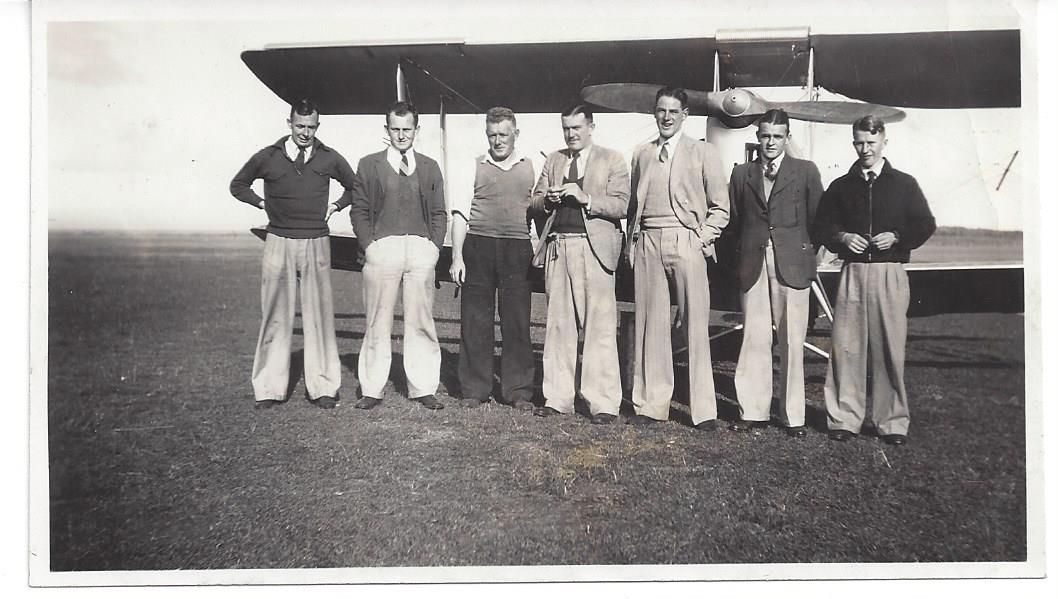 Photo 2  Photo 3  Photo 4 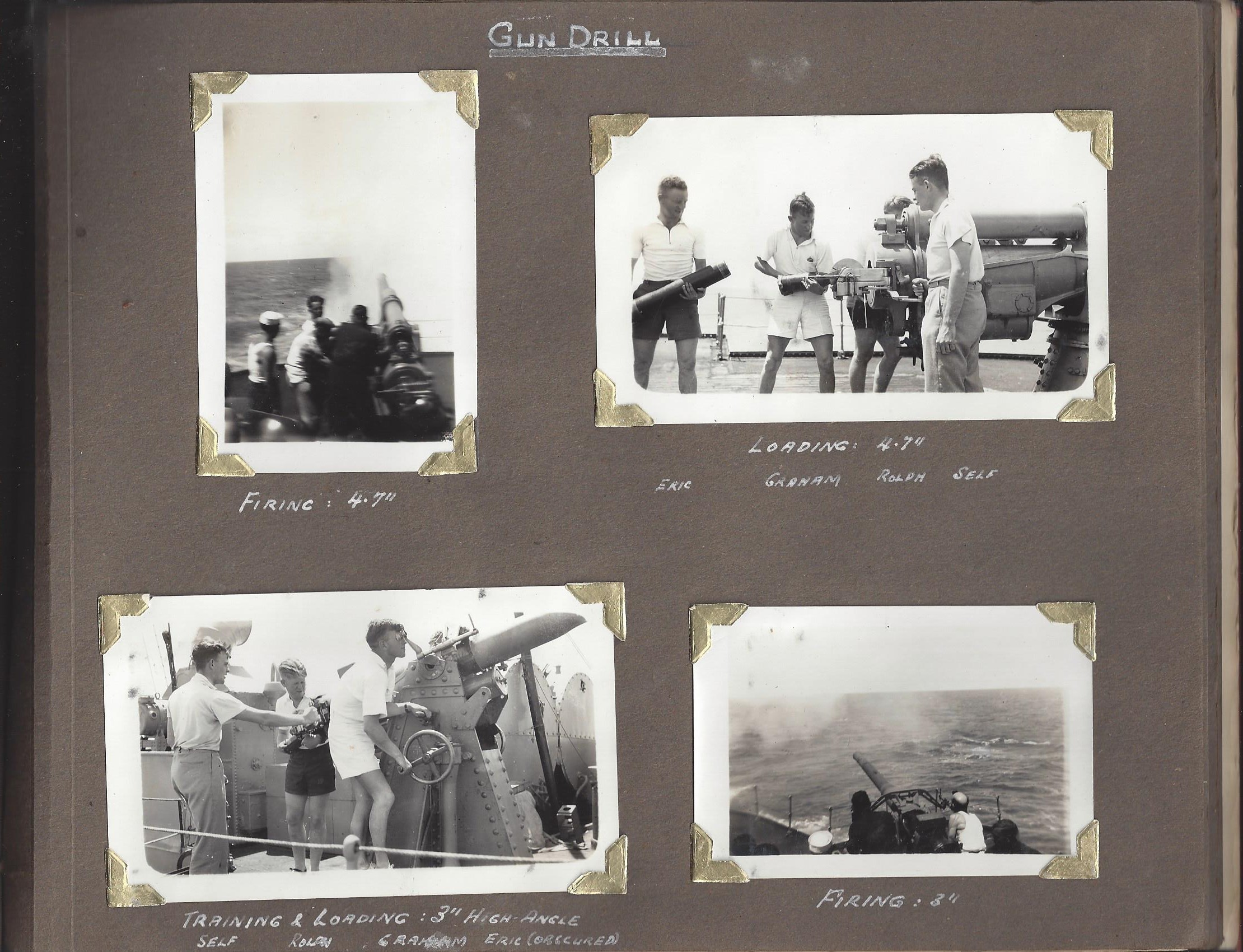 Photo 5: 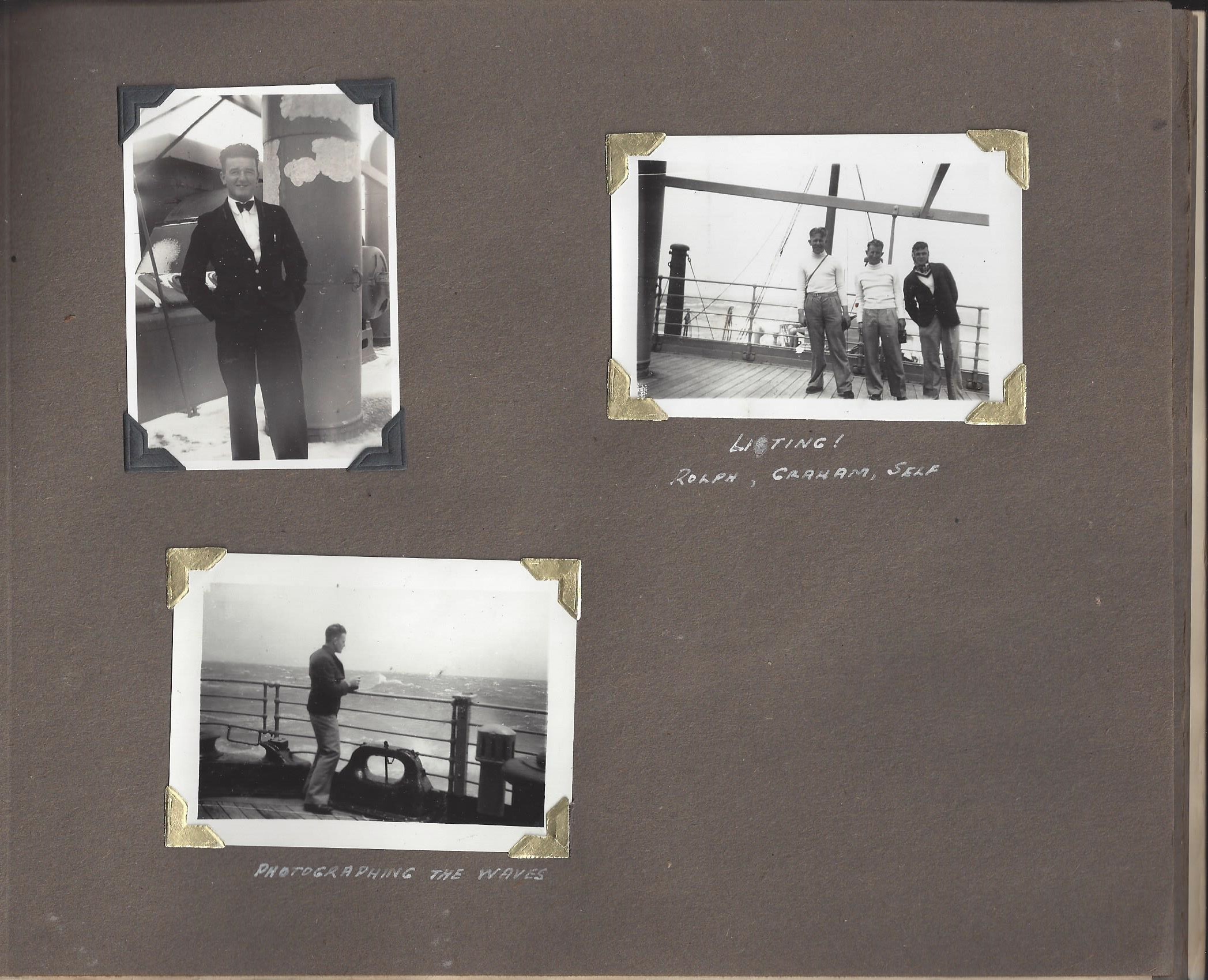 Photo 6 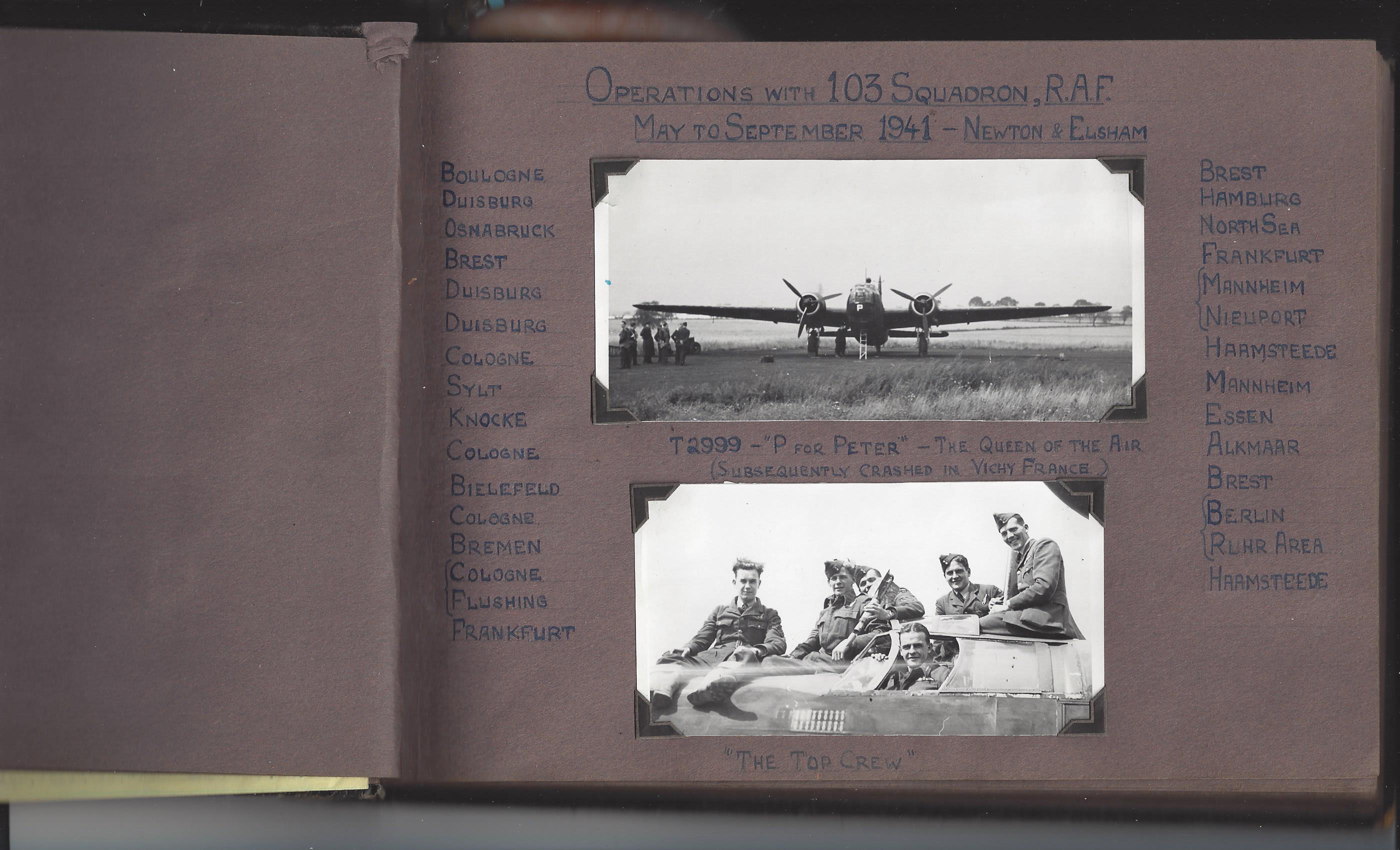 Photo 7 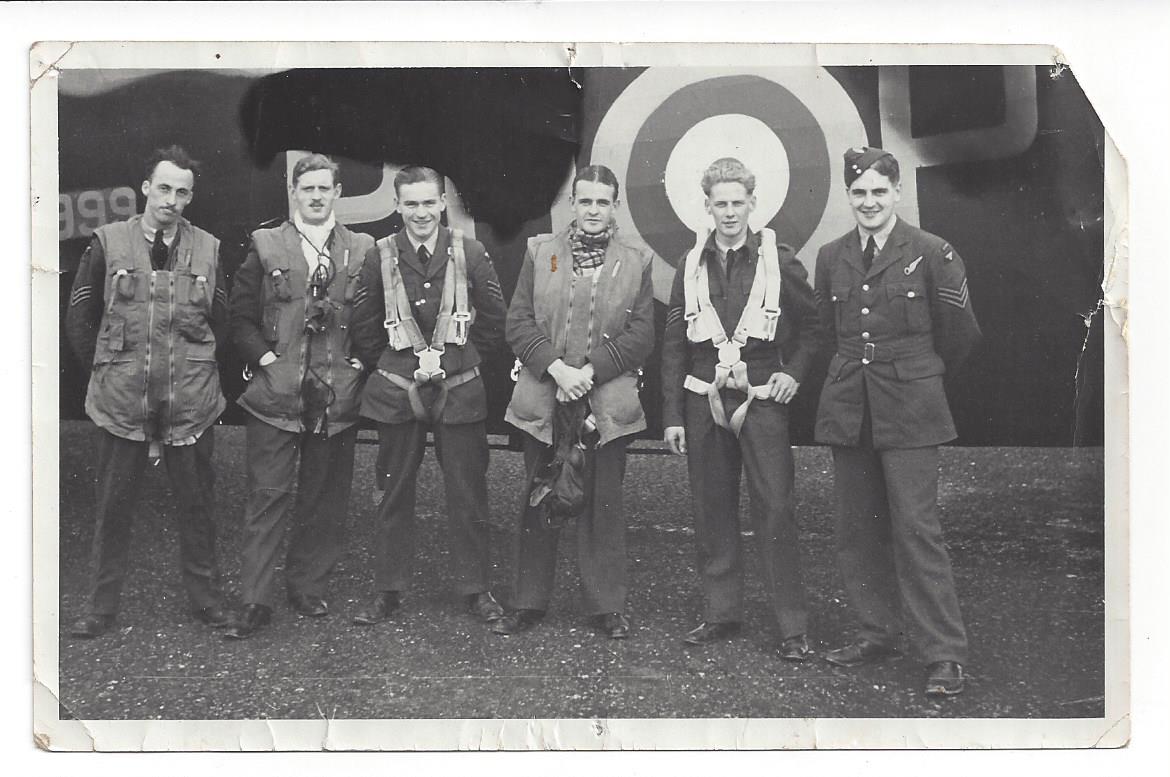 Photo 8 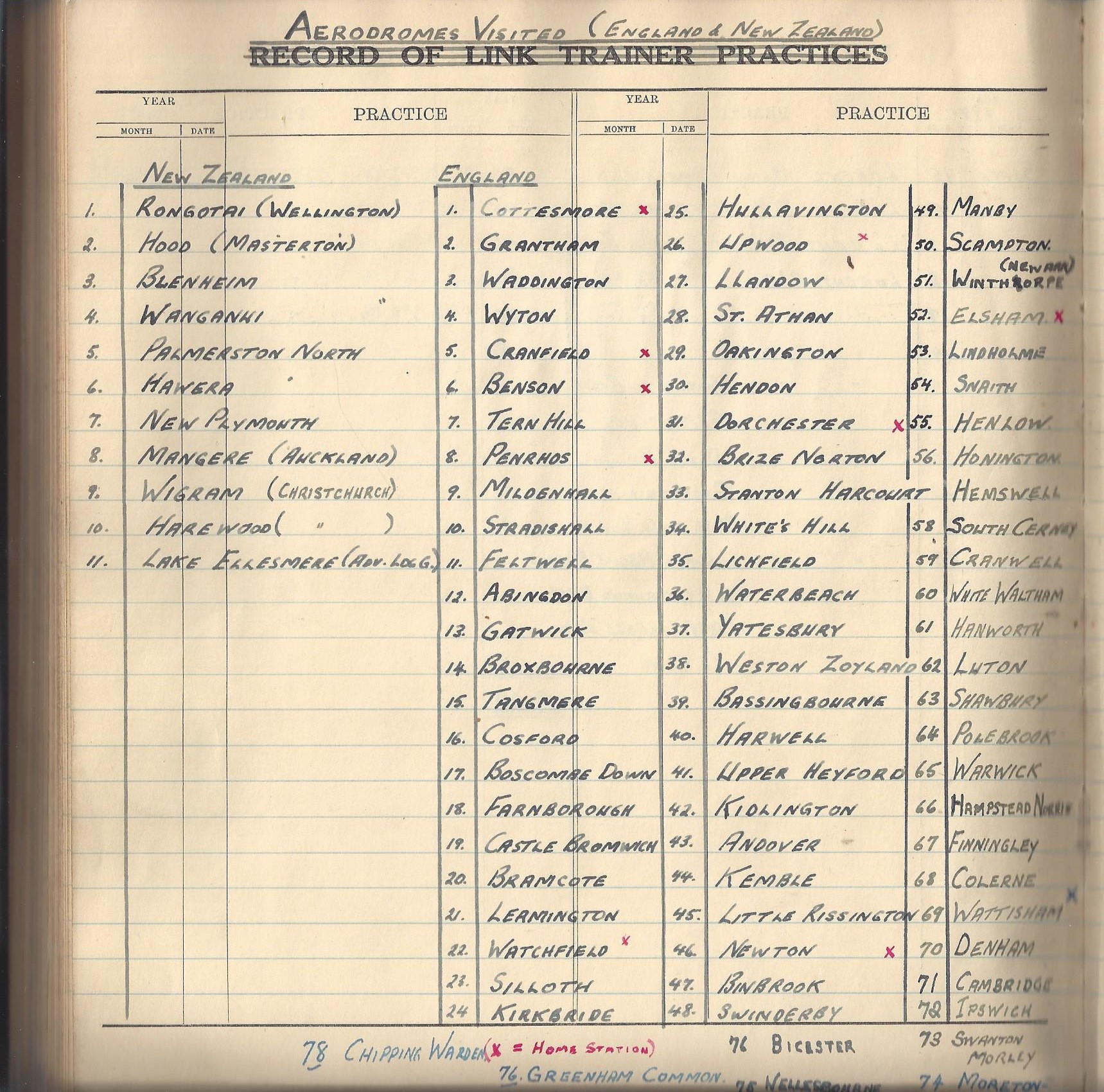 Cheers, Chris |
|
|
|
Post by davidd on Sept 3, 2018 12:15:34 GMT 12
R C E Scott (and most others on the TAMAROA) tfd to the RAF on being granted their SSC's on arrival in UK, dated 17th January 1940, as explained in Errol's previous posts. This was in line with the established policy for these pre-war volunteers.
David D
|
|
|
|
Post by errolmartyn on Sept 3, 2018 12:49:13 GMT 12
Regarding the elementary training phase of SSC candidates in New Zealand, the following letter provides some background:
Wanganui Aero Club (Inc)
Wanganui
8th June 1939
REPORT ON AIR FORCE TRAINEES
The four Air Force Trainees J. S. Shorthouse, W. Raymond, C. A. Pownall and R. C. E. Scott reported at Wanganui on the 3rd April and commenced their flying training on the 4th.
The flying training of the above candidates was completed on the 31st of May, with the exception of Raymond who was injured in a motor cycle accident on the 6th May. He was replaced by J. Arkwright on the 10th May.
One hundred hours of lectures were given during the ten weeks training, and all trainees being well up to the standard required. Examinations were held on all subjects during the first week of June. Two progress examinations were also held during the course and a copy of all examination papers with marks obtained by individual candidates are enclosed with a general report of their progress during the course.
H. TANCRED
INSTRUCTOR
(Tancred was Harry Lumsden Tancred, a Flying Officer of the RNZAF who had been posted to the Reserve of Air Force Officers on 21 April 1937.)
Errol
|
|
|
|
Post by fwx on Sept 3, 2018 15:18:05 GMT 12
Newspaper report, 31 March 1939:
NEW ZEALAND PILOTS CANDIDATES SELECTED FOR TRAINING (Per United Press Association) WELLINGTON, Mar. 31.
The Minister of Defence (Mr F. Jones) announced today that the following candidates had been selected for training in New Zealand for appointment to short-service commissions in the Royal Air Force. Four candidates will report to each of the Auckland, Wellington, Wanganui, Canterbury, and Otago Aero Clubs on April 3 to begin their flying training;.— M. E. F. Barnett (Dunedin), G. R. Brybyn (New Plymouth), E. C. J. Cameron (Christchurch), F. H. Denton (Greymouth), J. Duigan (Wellington), D. V. Gilmour (Dunedin), A. G. L. Humphries (Christchurch), J. E. S. Morton (Christchurch), D. H. McArthur (Tai Tapu), M. H. McFarlane (Christchurch), J. McDermott (Wellington), R. M. McKay (Christchurch), P. G. H. Newton (Christchurch), H. A. Outram (Dunedin), G. N. Parker (Auckland), C. A. Pownall (Wellington), D. M. RalphSmith (Auckland), W. Raymond (Wellington), R. C. E. Scott (Wellington), J. S. Shorthouse (Foxton).
And then after arrival in England, another report on 1 March 1940:
NEW ZEALANDERS COMMISSIONED (From Our Own Correspondent) LONDON, Mar. 1,.
Seventeen New Zealanders, all of whom arrived at the same time, have been granted short service commissions as pilot officers for five years on the active list (January 17). They are:— M. E. F. Barnett. E. V. Best, E. C. J. Cameron, F. H. Denton, J. Duigan, D. V. Gilmore, A. G. L. Humphreys, L. D. Loasby, D. H; McArthur, M. H. MacFarlane, J. E. S. Morton, H. A. Outram, G. N. Parker. C. A. Pownall, D. M. Rolph-Smith. R. C. E. Scott, and J; S. Shorthouse.
|
|
|
|
Post by Dave Homewood on Oct 29, 2018 17:06:15 GMT 12
I just came across these two photos which are joined. The top one is cool as it shows three CFS Harvards - one of which has the red cowl and rudder. But the photo below is the one that interests me. Anyone recognise the pilots? 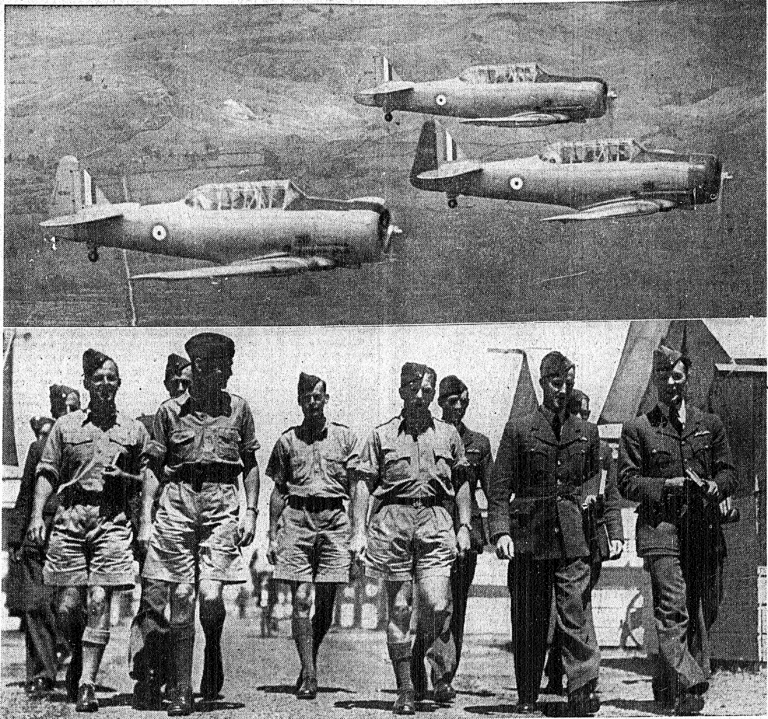 ADVANCED TRAINING FOR DOMINION AIRMEN: Pictures from a school of the Royal New Zealand Air Force, where pilots are trained as instructors Upper: Modern monoplane trainer aircraft flying in formation. Lower: Pilots ready for a morning lesson. NEW ZEALAND HERALD, VOLUME 79, ISSUE 24229, 21 MARCH 1942 |
|
|
|
Post by pjw4118 on Dec 10, 2018 15:49:05 GMT 12
|
|
|
|
Post by Dave Homewood on Dec 10, 2018 15:58:11 GMT 12
Great shots there Peter, with great backdrops. And some famous names too!
|
|



